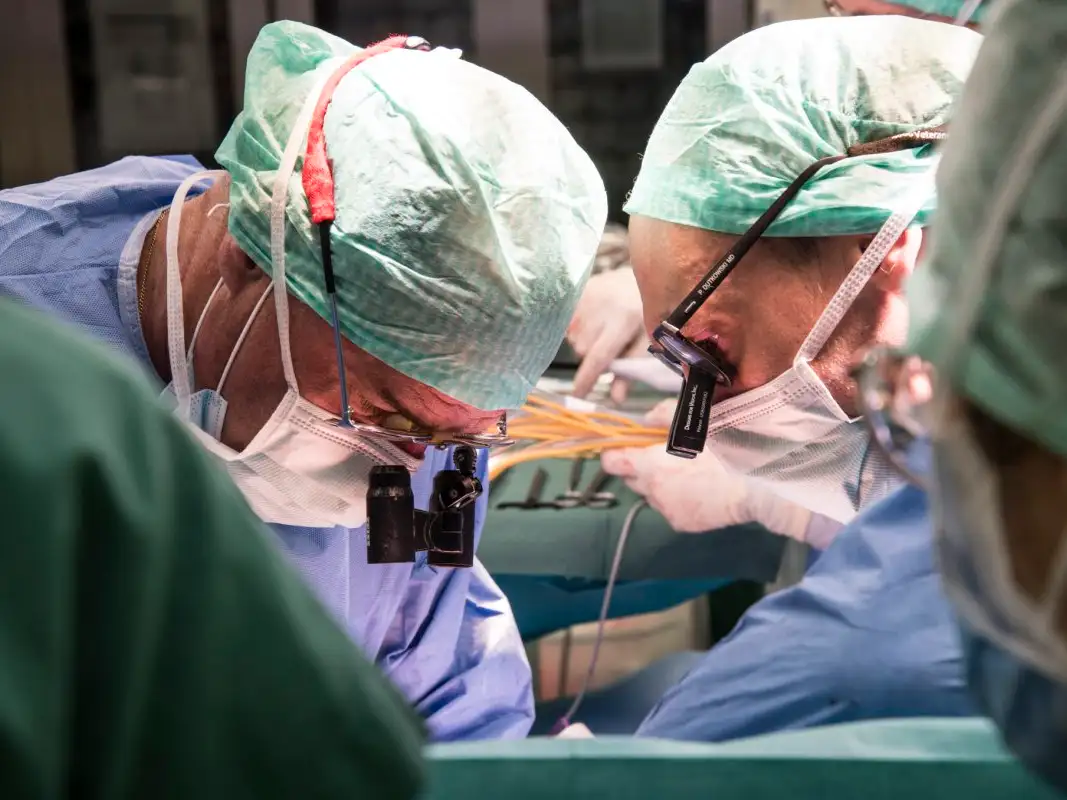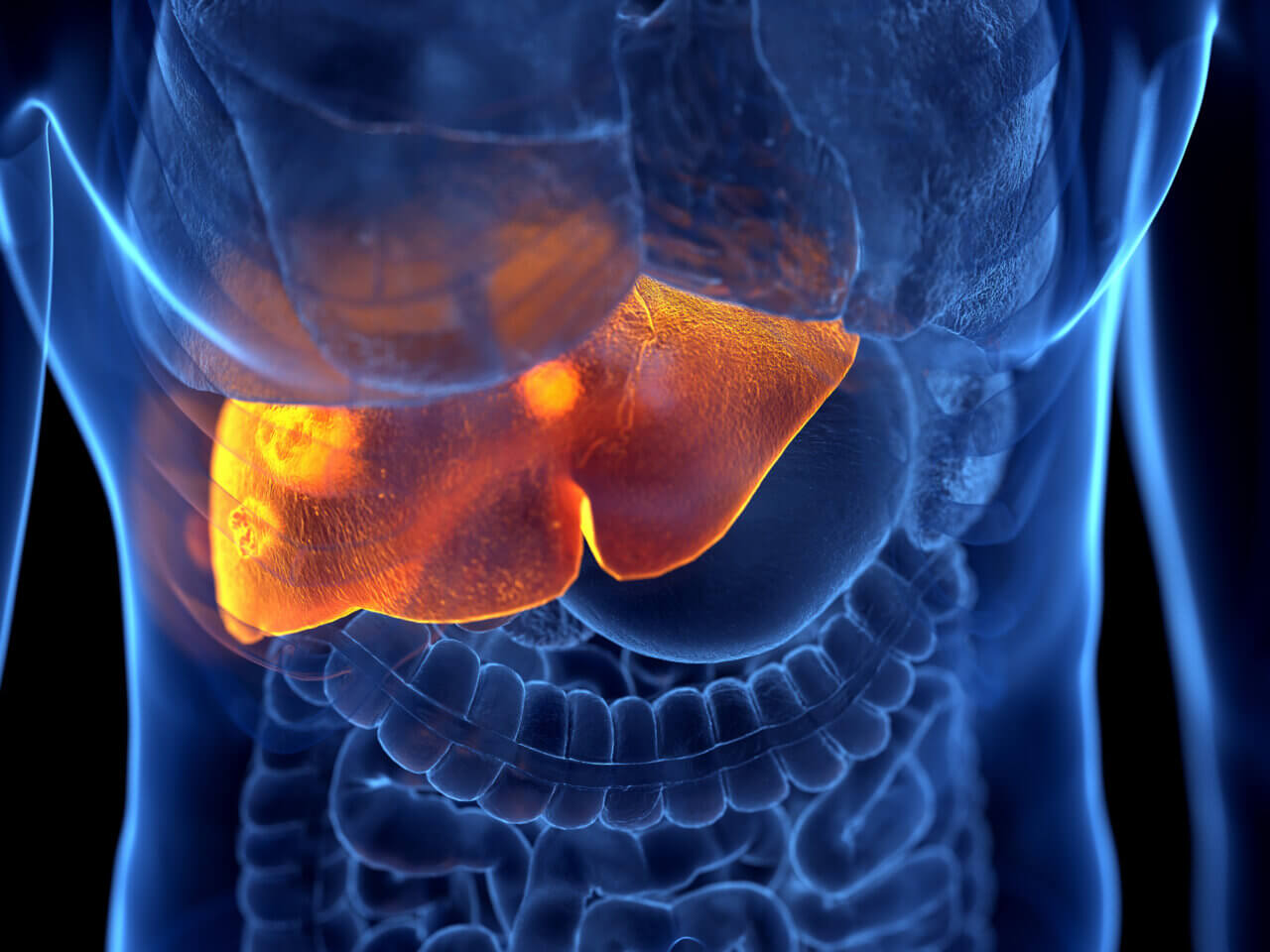An innovative experimental medical treatment aimed at growing a liver inside the body of a patient has reached a significant milestone.
After a decade of development, the biotech firm LyGenesis has announced the dosing of a human patient with a mixture of donated liver cells, marking the first step towards transforming one of their lymph nodes into a small yet functional liver.
According to Wired, the cell therapy injection took place on March 25 as part of a Phase 2a clinical trial involving 12 adults suffering from end-stage liver disease (ESLD).
Annually, approximately 4.5 million adults in the US are diagnosed with liver disease, with over 50,000 deaths attributed to it, as reported by the Centers for Disease Control and Prevention.
By cultivating even a modest amount of liver tissue, this treatment could offer significant relief to critically ill patients who are ineligible for transplants.
“We’re using the lymph node as a living bioreactor,” explained Michael Hufford, LyGenesis’ cofounder and CEO, to Wired.
Due to the perpetual shortage of organs, including livers, the waitlist for liver transplants nearly reaches 10,000 individuals. Moreover, many donated livers are unsuitable for transplantation.
However, the researchers propose using these discarded organs by extracting a small number of cells called hepatocytes for each treatment.
This approach means that a single discarded liver could potentially provide enough material to treat up to 75 patients.

In treating their first human subject, the team injected millions of hepatocytes into lymph nodes adjacent to the liver using a tube guided by both a camera and ultrasound imaging.
Lymph nodes, integral to our immune system and numbering in the hundreds, offer an optimal environment for growth due to their cells’ rapid division rates.
A critical aspect of this method leverages the liver’s innate ability to regenerate, stimulated by chemical signals emitted from damaged tissue that spur healthy tissue to proliferate.
By targeting lymph nodes near the liver, the injected hepatocytes can benefit from these regenerative signals.
Previous animal studies have shown promising outcomes. A 2020 study by LyGenesis researchers demonstrated that mice injected with the cell mixture successfully developed sufficient liver tissue on lymph nodes to counteract their diseased livers.
Another study the same year, also involving some of the researchers, showed that pigs treated with the therapy not only regained liver function but also grew larger new livers proportional to the severity of their original organ damage.
Nevertheless, uncertainties remain about how this approach will translate to humans. As noted by Wired, researchers are uncertain about the necessary cell quantity to generate a functional liver.
The current phase begins with 50 million cells, but future phases might increase this to 250 million cells.
“If our study proves successful and receives FDA approval, our allogeneic cell therapy could enable one donated liver to benefit many dozens of ESLD patients, potentially rebalancing the current supply-demand imbalance in favor of patients,” stated Hufford in a release.
